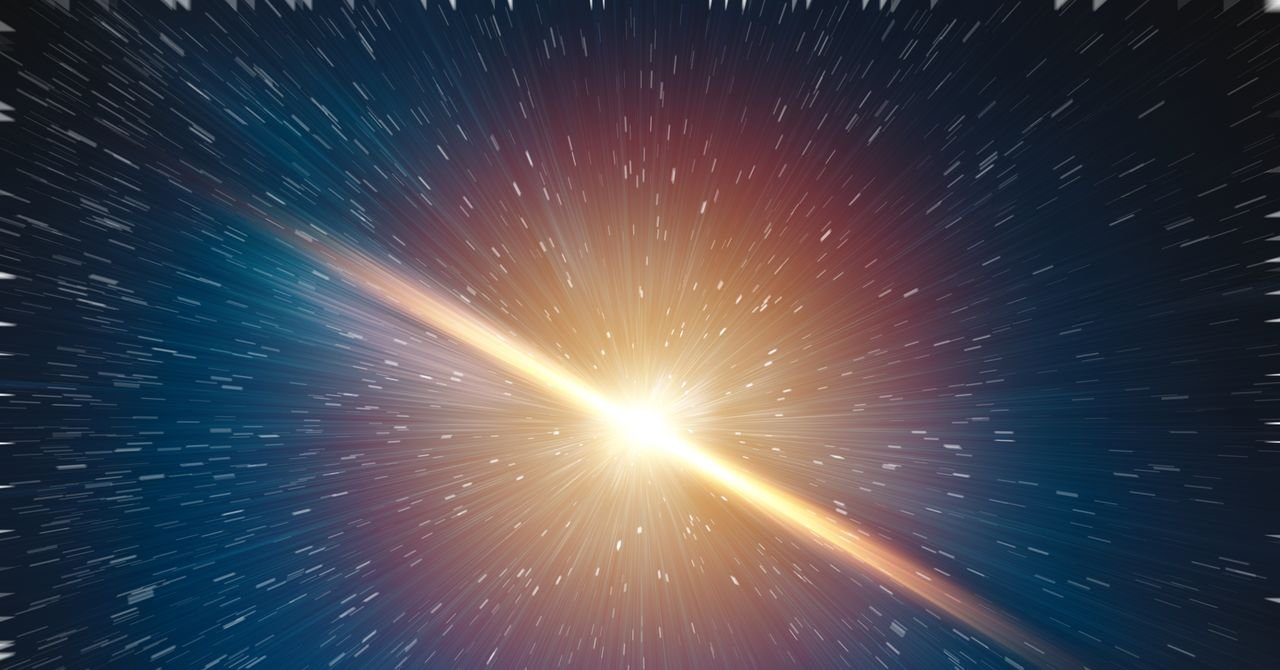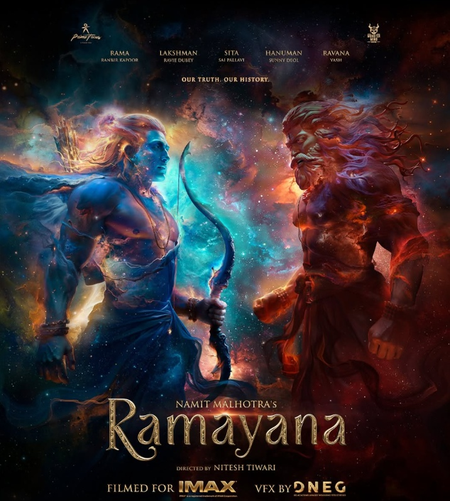
With the help of the James Webb Space Telescope, a team of astronomers has broken the record for the oldest, most distant galaxy detected to date by humans.
In a preprint study, still awaiting peer review and publication in a journal, astronomers describe this primitive galaxy, giving it the name MoM z14. According to the researchers’ calculations, this “cosmic miracle” originated 280 million years after the Big Bang, beating the record set by the discovery just last year of JADES-GS-Z14-0, a galaxy created 290 million years after the origin of the universe.
To put these measurements in context, the current age of the universe is estimated to be 13.8 billion years. Earth has an approximate age of 4.543 billion years. No one expected the James Webb Space Telescope to have the potential to observe things so close in age to the Big Bang just three and a half years after launch.
A brief reminder about distances relative to space-time. Because light travels at a finite speed of 300,000 meters per second, and because space is expanding, observing light from very distant objects is equivalent to seeing what they were like long ago. For example, when we say that MoM z14 is roughly 13.5 billion years old, that means you would have to travel 13.5 billion years at the speed of light to reach its destination. So far, there is no point detected by a scientific instrument farther away, and at the same time, older, than this one.
The James Webb Space Telescope, with its ability to peer deep into distant space, allows us to study some aspects of the universe in its early stages. How does it do this? By infrared sensors. Due to the expansion of the universe, almost all the galaxies we see from Earth are moving away from us. So, from our point of view, their light appears to have a longer wavelength because it is stretched by this movement. We call this “redshift”: Their wavelengths are redder because they are longer, and so shift towards the red end of the light spectrum. The earlier an object was created, and therefore the farther away it is, having expanded outwards for a longer period of time, the greater the redshift.
The James Webb Space Telescope was able to determine that MoM z14 is 50 times smaller than the Milky Way, and also detected the presence of nitrogen and carbon in the galaxy. This is significant because, despite being only 280 million years older than the Big Bang, this shows that MoM z14 does not belong to the first generation of galaxies formed, since stars in these galaxies would be made up only of hydrogen and helium, the elements that predominantly made up the early universe. Heavier elements only arrived later, after being produced in stars.
Can the James Webb cross that threshold and find the first generation of galaxies? Such discoveries could be a long way off, but we have to keep looking.
This story originally appeared on WIRED en Español and has been translated from Spanish.




